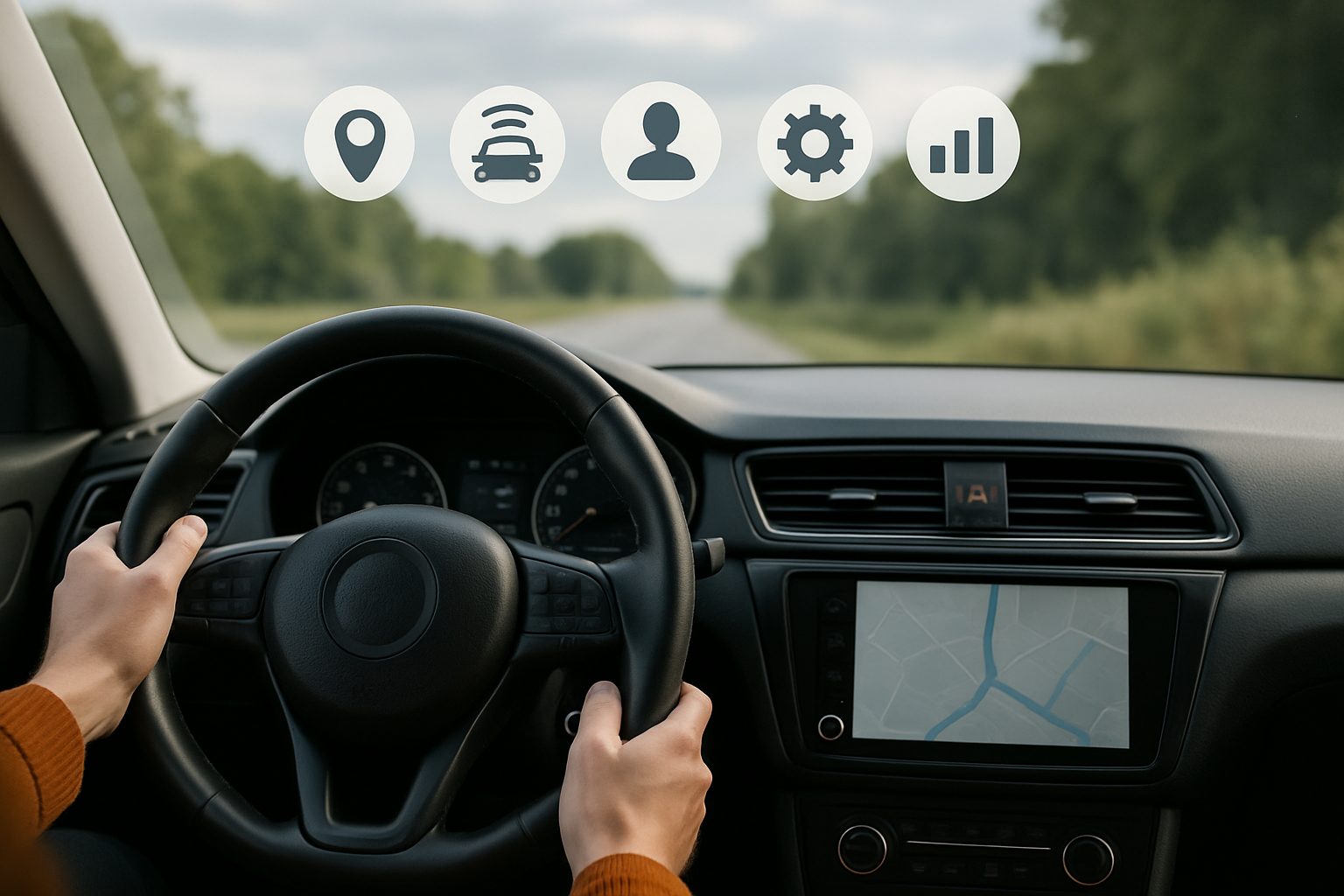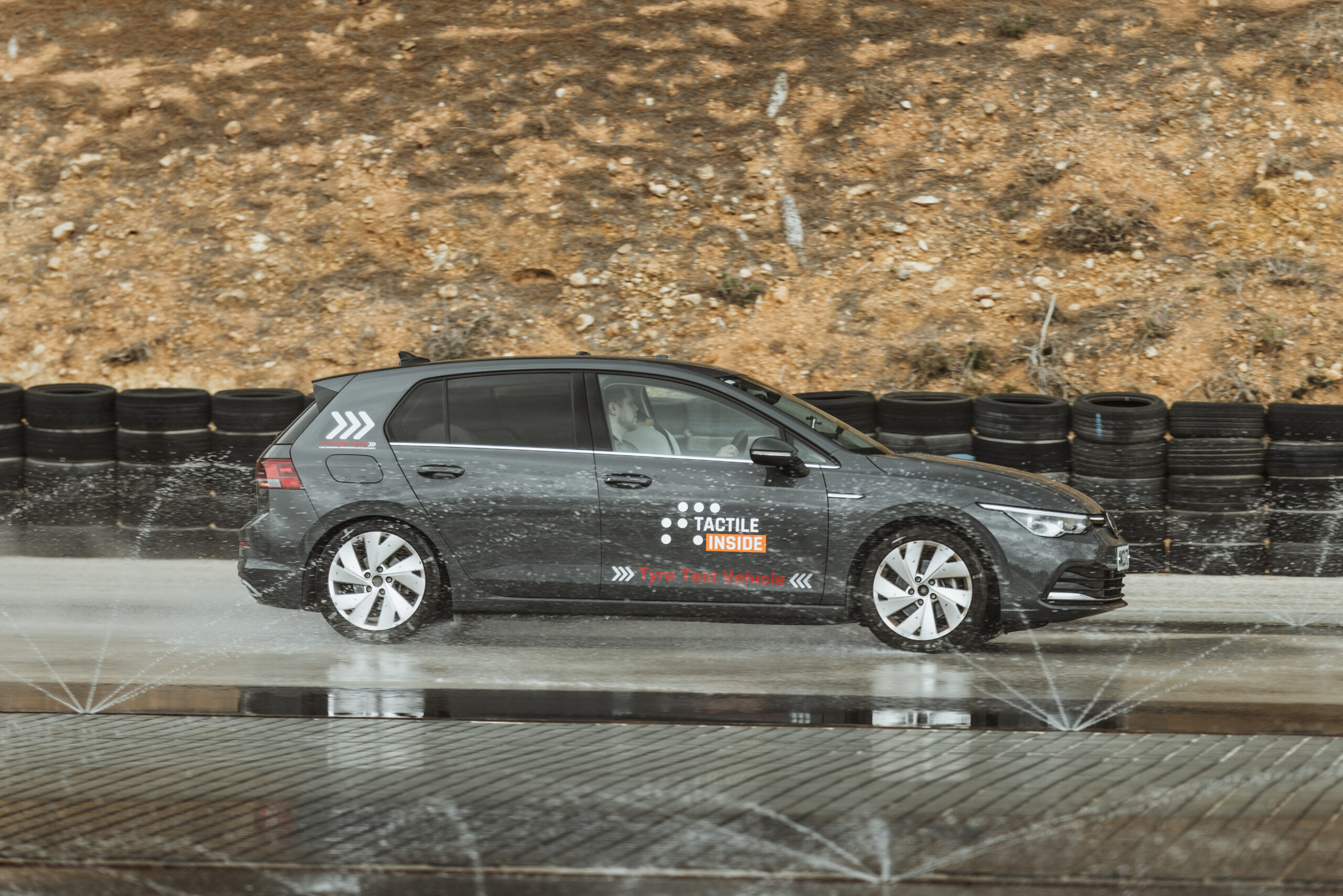The future of the world’s roadways is connected. The emergence of vehicle wireless connectivity enables cars to talk with one another and to communicate with traffic infrastructure. Roads will soon be one buzzing hive mind. Imagine traffic signals telling a vehicle to stop, or one vehicle alerting another of a sudden obstruction or road hazard. This ability to collect and share real-time data will reinvent driving as we know it.
This all may sound like fantasy, but we’re on the fast road there. There will be more than 400 million connected cars on the road by 2025. These vehicles will communicate via different wireless channels and the cloud to improve safety and efficiency, all while generating valuable data. Recognising the vast potential for generating revenue, vehicle manufacturers are actively investigating how to leverage the capabilities of connected cars and the wealth of data they produce. Numerous strategies are under consideration for tapping into this emerging market.
Revenue routes
It’s evident that connected cars can increase both efficiency and safety, critical selling points in new vehicles. For instance, connected cars can improve advanced driver assistance systems (ADAS) with features like adaptive cruise control, automatic emergency braking, and collision-avoidance systems. Connectivity improves ADAS by providing more real-time data to work with, making it a smarter and more valuable co-pilot. Advanced safety features like a smarter ADAS can be a compelling selling point for safety-conscious consumers.
Moreover, vehicles that can communicate with traffic infrastructure can save drivers time. Because vehicle-to-infrastructure (V2I) connectivity allows vehicles to receive real-time traffic information, it can provide the most accurate routes to avoid traffic and accidents. Buyers will likely be attracted to the prospect of saving time and fuel by avoiding congested areas.
The future of both road safety and road efficiency lies in the seamless communication between vehicles and infrastructure. This power is further amplified by implementing tactile sensing into vehicles to understand and monitor surface conditions like road gradient, tyre grip, and slipperiness, sharing vital data across networks to alert drivers promptly. Vehicles embedded with such tactile sensors—which enable a vehicle to feel the road—can collect and share information on road conditions where there’s usually a paucity of data, improving the vehicle’s selling point and utility.
Yet it’s not all about boosting the price point of a vehicle. There are other ways to create new revenue streams. The wealth of data being collected is valuable. Manufacturers can provide that data to businesses and government agencies. Aggregated and anonymised data from connected vehicles can offer valuable insights into traffic patterns, consumer behaviour, and city planning. These insights can be monetised through partnerships with data analytics firms.
AI additions
AI additions in vehicle-to-vehicle (V2V) and V2I communication play a pivotal role in transforming raw communications data into practical insights. Advanced AI algorithms can analyse a multitude of factors, including the speed, direction, and trajectory of nearby vehicles, to predict potential traffic scenarios. For example, if an AI system detects a vehicle ahead rapidly decelerating, it can alert the driver or even trigger preemptive safety measures such as automatic braking in the connected vehicles involved.
Additionally, AI algorithms can analyse historical V2V data to identify patterns and predict driver behaviour. So, if a specific intersection tends to have a high frequency of sudden stops or unpredictable behaviour, AI can adapt vehicle responses accordingly. This adaptive capability becomes increasingly valuable in complex urban environments, where factors such as pedestrians, cyclists, and diverse traffic conditions demand a nuanced and context-aware approach.
We’re not just building vehicles, but generating the transportation infrastructure of the future
Manufacturers can also promote the ability of connected cars to receive over-the-air software updates, including additional AI training, allowing the vehicle to stay up to date on the latest features and improvements. So, buyers of connected cars will be investing in a vehicle that will continue to evolve and improve over time, without the need for a manual software update or visit to the mechanic. People will often pay more for simple convenience; i.e. you can charge more for a vehicle that updates itself.
Moreover, by leveraging AI-driven predictive analytics, vehicles can forecast wear and tear issues in advance, reducing the total cost of ownership (TCO) for drivers. Proactive maintenance alerts can be issued, incentivising drivers to opt for manufacturer-recommended repairs and ultimately saving on repair costs over the vehicle’s lifespan.
Capitalising on capabilities
In the past, people thought that cars would fly, but never that they could talk. With emerging V2V and V2I communication, they can indeed talk. It’s just now a matter of capitalising on these capabilities to develop new features that improve both efficiency and safety.
But how to capitalise on connectivity effectively? Manufacturers are responding by creating value-added features while maintaining vehicle affordability, with novel features ranging from predictive maintenance to tactile sensing and improved ADAS. These advancements not only improve the driving experience, but also unlock new revenue streams for OEMs and Tier 1 suppliers.
Nevertheless, the development of connected cars is not just about creating vehicles of the future with lucrative profits; it’s about constructing highly advanced communication networks that work seamlessly in-tandem. We’re not just building vehicles, but generating the transportation infrastructure of the future.
About the author: Shahar Bin-Nun is Chief Executive of Tactile Mobility
Published originally on: automotiveworld.com



